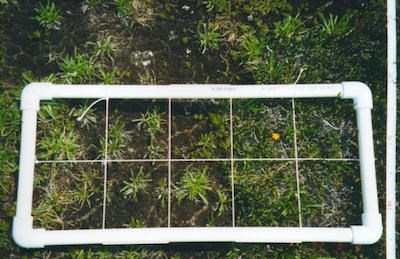Last updated: July 28, 2017
Article
Alpine vascular plant biodiversity at Spray Park, Mount Rainier National Park
Importance
Across the globe mean annual temperatures have risen over the past century, with notable rapid changes in high latitude alpine areas. Within these high altitude areas, global meta-analyses have shown that the response of vegetation position to warming over the last century has been mixed. Some areas have shown advancement of trees to higher altitudes and elevational shifts of alpine plants of 1-4 m per decade, whereas other areas reveal no substantial change in the upper limit of treeline. Mount Rainier National Park is a sky island that is home to many rare alpine plants. To assess the degree of threat of climate change to this rare alpine vegetation, it is important to perform baseline monitoring of vegetation in the transition zones between sub-alpine and alpine areas. In 2002, a systematic survey of the vascular plants in such a transition zone along an elevational gradient at Spray Park was performed. In this study, we resampled the transects sampled in 2002 to assess whether or not there have been any changes in the vegetation position at Spray Park over the past decade.
